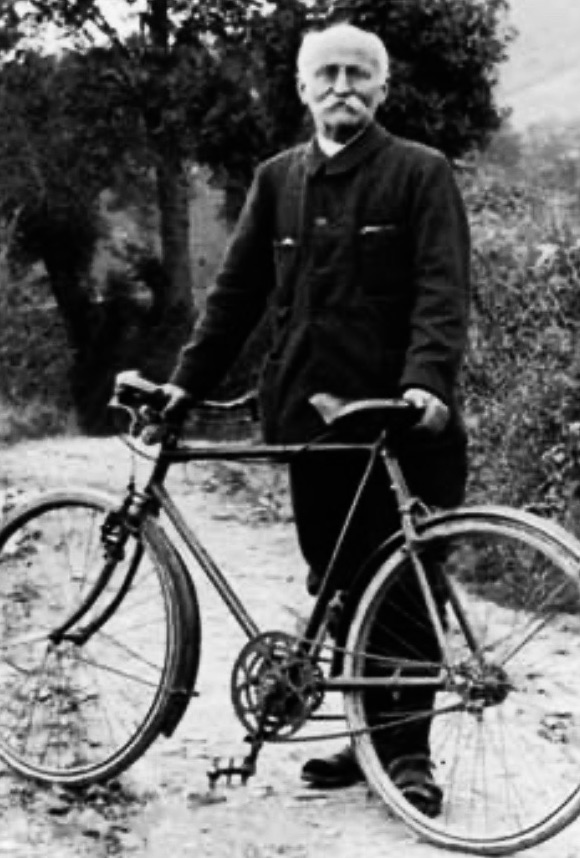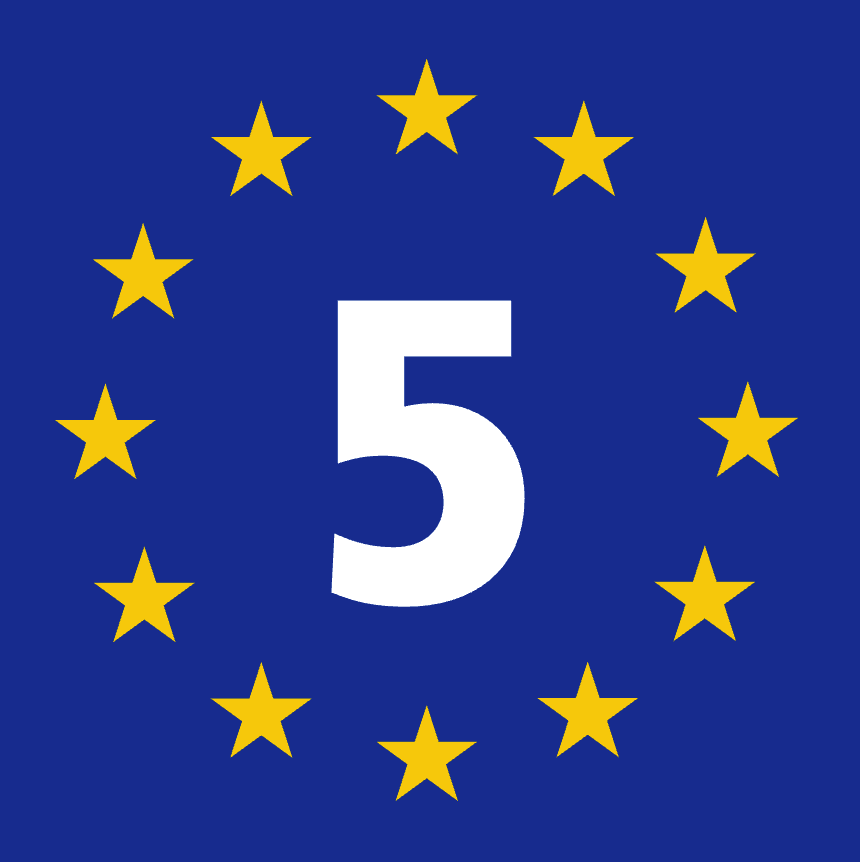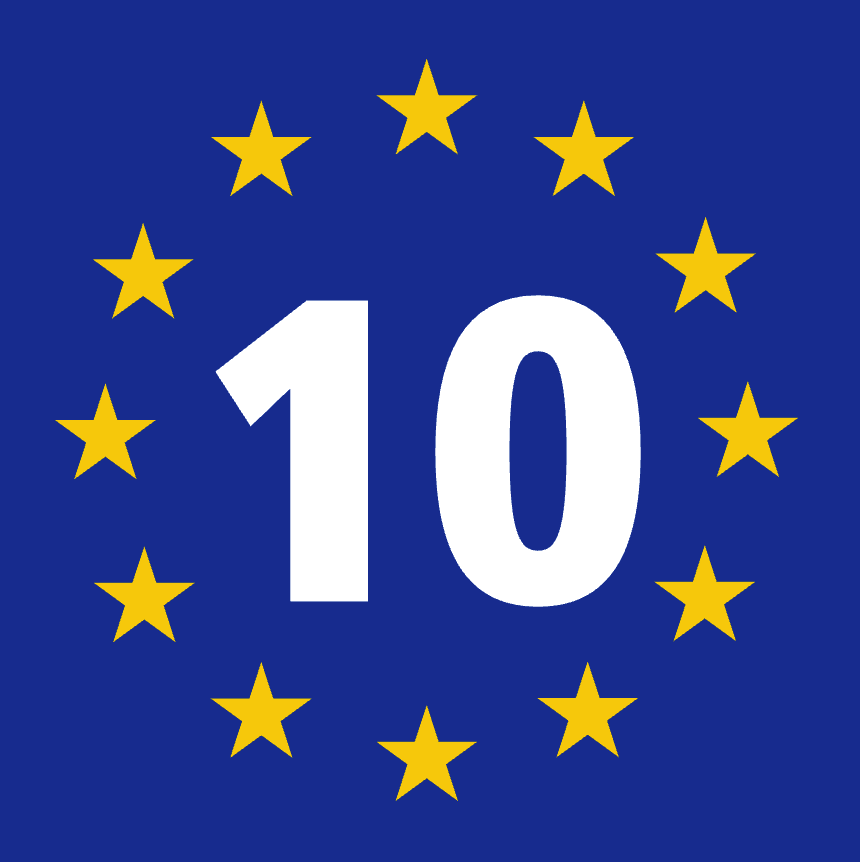This post originally appeared on The Biking France Blog and is written by Steve Wartenberg.
Sometimes fate – and a Michelin map – lead you and your bike exactly where you were meant to be. In this case, it was the outskirts of Pernes-les-Fontaines in Provence, where I saw this statue…

“Wow, this guy must really like cycling,” I thought, as I stopped and took a couple photos.
It turns out that Paul de Vivie (1853-1930) was totally into cycling and may have been the original cycling fanatic! He’s pretty much the inventor of long-distance bike tours, or, as he so eloquently and eternally named the thing we love to do: Cyclotourisme.
Paul (we’re fellow cyclotourists, so I feel comfortable calling him Paul), was also one of the developers of the derailer system to change gears and make cycling so much more efficient; he started his own bike-building company (his bikes were called La Gauloise); published Le Cycliste magazine in the 1880s (it lasted into the 1970s); and wrote under the nom de plume of Velocio in his magazine.
I know: Paul/Velocio was the coolest guy ever!
Here’s what he wrote about riding:
After a long day on my bicycle, I feel refreshed, cleansed, purified. I feel that I have established contact with my environment and that I am at peace. On days like that I am permeated with a profound gratitude for my bicycle.”
Exactly!
This kindred spirit from the early days of the pedal revolution perfectly summed up the joys of cyclotourisme – and the intimate connection between man/woman and machine. There’s no need to try to improve upon what Paul/Velocio wrote, he nailed it. What he said is why we ride.

Here’s something else he wrote:
My aim is to show that long rides of hundreds of miles with only an occasional stop are no strain on the healthy organism. To prove this point is not only a pleasure, it is a duty for me.
And so, he went on really long rides. Often.
According to this story: “His serious cycling started in 1886 on a Eureka with solid rubber tires (pneumatics came in 1889). On this bicycle he rode 90 miles from Saint-Etienne to Vichy before noon. In 1889 he made his first 150-miler, a round trip from Saint -Etienne to Charlieu on a British Star weighing fifty-five pounds … Sometimes alone, sometimes with a small group of friends, he would ride through the night, through the second day, through the second night, and into the third day without more than occasional rest to eat or change clothes.”
The Velocio was a beast! I wonder I could keep up with him, on my all-carbon bike?
He rode the Alp mountain passes in 1900: 400 miles, 18,000 feet of climbing in 48 hours; he rode from Saint-Etienne to Menton and back, 600 miles, in four days, in 1903; he rode 350 miles to Nice in 32 hours, then immediately departed on a “leisurely” 250-mile, three-day ride with some friends. I wonder who led the pack?
Every cyclist between twenty and sixty in good health can ride 130 miles in a day with 600 feet of climbing, provided he eats properly and provided he has the proper bicycle.
To prove his point, in 1912, at the age of 59, he rode the 400 miles from Saint-Etienne to Aix-en-Provence in 46 hours.
Now remember, riding hundreds of miles was a lot tougher back then. The roads were paved with, well, dirt, rocks and gravel, making Paul/Velocio one of the founders of gravel grinding. The bikes were heavy; the tires were wide, the brakes were, I presume, not so great at braking, which made descending a white-knuckle, adrenaline-fueled adventure. And: no energy bars or sports drinks. It seems Paul/Velocio was also a bit of a health fanatic, and didn’t smoke or drink, which made him quite an anomaly for the times. He didn’t eat meat, which was even more of an anomaly. What the heck did he carry along with him to eat and drink?

Paul/Velocio also developed what are referred to as the Seven Commandments for the Wise Cyclist. And damn, if they don’t still hold true today, more than 100 years later. Let’s go through them, one by one.
- Keep your stops short and few.
- Eat before you’re hungry, drink before you’re thirsty. You can’t argue with science
- Never get too tired to eat or sleep. I’ve never been too tired to eat!
- Add a layer before you’re cold, take one off before you’re hot. No spandex of gortex back then.
- Lay off wine, meat and tobacco on tour. Thank goodness he didn’t mention beer!
- Ride within yourself, especially in the first hour. Yes, it’s called pacing … and he did it without a bike computer, Garmin or GPS.
- Never show off. Uh-oh, I don’t think Peter Sagan knows of this one.
There’s a sad ending to the story: Paul/Velocio was killed on February 27, 1930 when he was hit by a tram while wheeling his bike across a busy street in St-Etienne.
Here’s one final quote from our hero …
I will never forget the day I climbed the Puy Mary. There were two of us on a fine day in May. We started in the sunshine and stripped to the waist. Halfway, clouds enveloped us and the temperature tumbled. Gradually it got colder and wetter, but we did not notice it. In fact, it heightened our pleasure. We did not bother to put on our jackets or our capes, and we arrived at the little hotel at the top with rivulets of rain and sweat running down our sides. I tingled from top to bottom.
OK, if I didn’t already feel a connection to Paul/Velocio, there’s this: The Puy Mary is at the top of my biking bucket list, one of the highlights of the Sarlat to Avignon route I’ve mapped out and am determined to ride. And now, when I get to the summit of the Puy Mary, I will tip my cycling helmet to my friend and thank him for inventing cyclotourisme.
If you are interested in cycling history, listen to this:
















And you will of course strip to the waist when climbing the Puy Mary and post the image on Instagram Andrew? 🙂
What a great guy, thank you for sharing this.